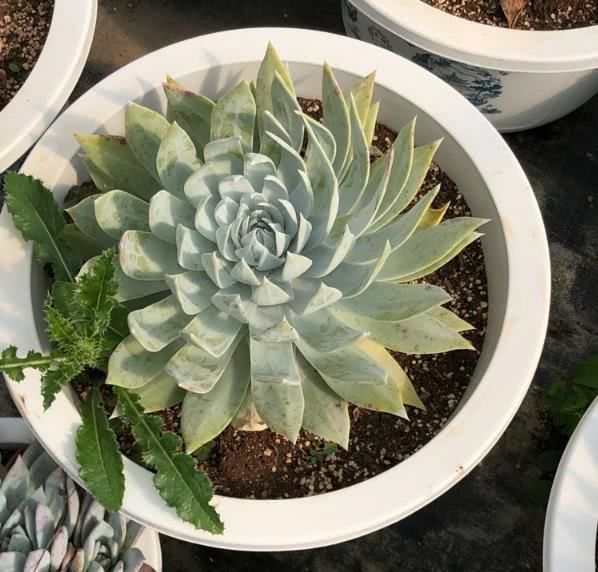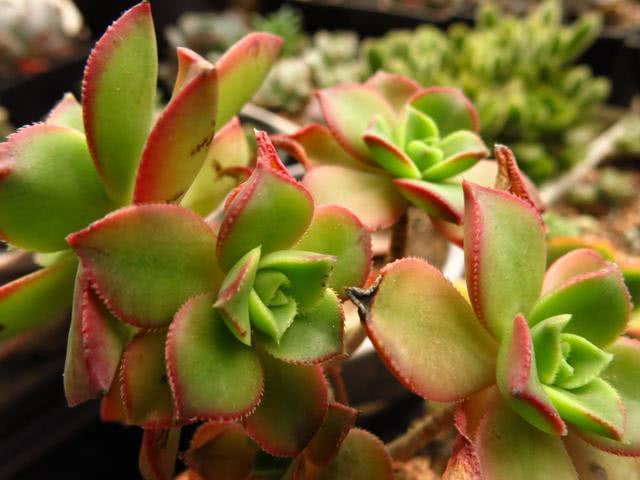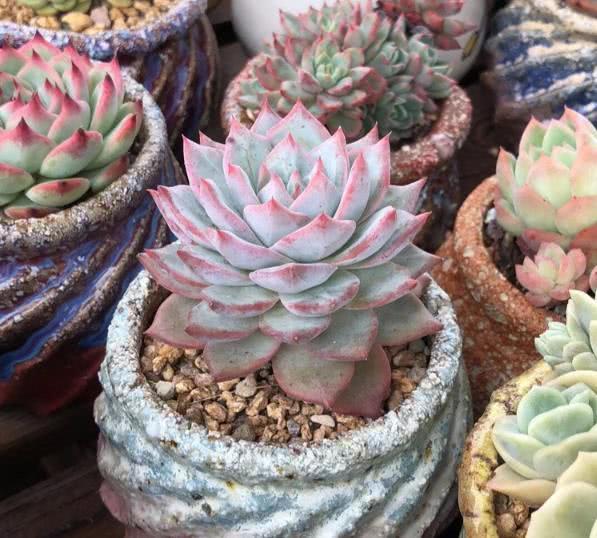How is the summer dormancy of succulent plants return a responsibility? The way of maintenance during this period is very important.

How does succulent plant dormancy in summer return a responsibility? This depends on a unique system of substance metabolism produced by native succulent plants in order to adapt to the living environment, which is called "crassulanic acid metabolism", which is different from ordinary plants that carry out energy conversion while breathing. This mode of metabolism is to open stomata to breathe and store energy at night, close stomata during the day and concentrate on digesting energy (as I probably understand it), and in a certain temperature range, the lower the temperature at night. The more energy plants absorb and store, and the higher the temperature during the day, the more energy plants digest and decompose, which is why the large temperature difference between day and night is beneficial to the growth of succulent plants, but all of this is within a certain temperature range.
Dormancy is a dangerous time for succulent plants, but it is a bit mysterious for growers. Many plants die during or shortly after dormancy, mostly because they are too dry or not carefully monitored during dormancy. Dormancy is part of their life cycle, and when light and temperature are no longer suitable for them to be active, they need a rest to maintain their health. And your task is to accompany them through this period. The first sign that a plant goes dormant is to stop growing. Then soon the leaves will turn yellow and fall off, and the rosette will close. Some kinds of succulent plants (such as apricots) will all shrink into the soil and grow a paper-like skin to protect themselves.
The metabolism of succulent plants is a series of complex chemical changes. In the course of the operation of this chemical system, when the night temperature exceeds 28 ℃, a series of enzymes used for absorption and storage in most succulent plants begin to go on strike, that is, succulent plants disrelish heat and start a hunger strike. All survival skills of succulent plants, including breathing, water absorption and growth, stop like pressing the pause button. We can only preserve our vitality by consuming our own reserves, which is what we call dormancy. At this time, when plants stop growing and do not absorb water, they do not need to be watered as frequently as in the growing season, and plants do not absorb too much water, but become hotbeds of bacteria, which is why succulent plants are given water control in summer.
How should it be watered during dormancy? Again, it depends on your breeding environment, that is, the speed at which the soil dries out. If your winter is cold and there is heating in the house, the soil will soon dry out, so it is reasonable to water it once or twice a week. If you live in a mild climate, it may be more appropriate to water it every other week. The point is to water it, and when the water disappears, that is, when the basin becomes lighter but not dry enough to smoke, water it next time. Summer type species grow in summer, so the light can be a little more appropriate, but because the summer temperature is very high, excessive exposure will dehydrate the plants, so it is recommended to avoid strong midday light. Winter-type species grow in winter, when the temperature should not be lower than 5 degrees Celsius, the light can shine all day, which is conducive to the growth of succulent plants.
It is easy for experienced professional producers to identify dormant and semi-dormant periods, but it is a bit "tricky" for amateurs. In fact, when succulent plants are dormant, a series of physiological changes occur in the body, which must be shown on the outside. As long as they are carefully observed, the essence is seen through the phenomenon, and they can be judged and identified according to the changes of some characteristics of the plant. Dormancy characteristics of succulent plants: the color of leaves is dull and dull; the color of leaves of the whole plant is basically the same; the lower leaves change color, or the whole plant changes color; the color and lustre of stems and shoots are basically the same; the color of the whole plant of zonal and petrified varieties is the same. There are a small number of fallen leaves, leaf tip or leaf tip withering phenomenon.
The dormancy period of most succulent plants is in summer, because the temperature is relatively high, the plant growth is stagnant. There is a ventilated environment, for dormant succulent plants is very critical, especially winter-type species, because it is dormant in summer, when the temperature is high, because water evaporation will take away heat, so good ventilation can effectively cool plants, and reduce the moisture in the soil, can avoid rotting roots. And ventilation can effectively control diseases and insect pests.
Here is a gathering place for succulent plant lovers, sharing succulent maintenance skills, welcome to follow and exchange.
- Prev

Five kinds of succulent plants suitable for summer cultivation can be put on the balcony and the living pots are all beautiful.
The following five kinds of succulent plants are suitable for summer conservation and are not easy to rot. First of all, the succulent plant Yan Rihui, is a perennial succulent herb belonging to the family crassulaceae, is a xerophyte, not resistant to cold, also known as succulent plants. ...
- Next

Scale insects on succulent plants cannot be removed. Teach you to find the source to control insect pests.
Scale insects are actually a kind of small insects, most of which have waxy secretions. Scale insects are the most common pests in succulent plants, often clustered on the stems and leaves of plants, sucking sap from stems and leaves, resulting in plants.
Related
- Wuhan Hospital Iron Tree Blooming Result Was Instantly Frightened by the Gardener Master
- Which variety of camellia is the most fragrant and best? Which one do you like best?
- What is the small blue coat, the breeding methods and matters needing attention of the succulent plant
- Dormancy time and maintenance management of succulent plants during dormancy
- Minas succulent how to raise, Minas succulent plant pictures
- What are the varieties of winter succulent plants
- How to raise succulent plants in twelve rolls? let's take a look at some experience of breeding twelve rolls.
- Attention should be paid to water control for succulent plants during dormant period (winter and summer)
- Watering experience of twelve rolls of succulent plants
- Techniques for fertilizing succulent plants. An article will let you know how to fertilize succulent plants.

